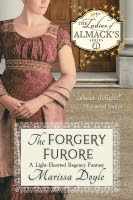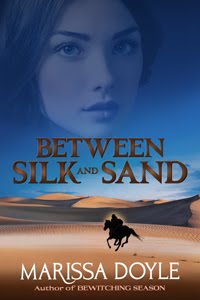 I’ve written many heroes over the years, but Stephen Roth
may be unique. How many Regency gentlemen not only fought Napoleon for his
country but also served as bodyguard to a royal house? Roth is the last of my
Batavarian Imperial Guards to marry, and his story, Never Hire a Hero,
is the finale of my Fortune’s Brides series.
I’ve written many heroes over the years, but Stephen Roth
may be unique. How many Regency gentlemen not only fought Napoleon for his
country but also served as bodyguard to a royal house? Roth is the last of my
Batavarian Imperial Guards to marry, and his story, Never Hire a Hero,
is the finale of my Fortune’s Brides series.
A former elite soldier, Stephen Roth was trained to be ruthless as he served as bodyguard for kings and princes. So why would his English patroness, Lady Belfort, and her cat, Fortune, arrange for him to take a position as the tutor to the heir of Alldene Castle and the boy’s siblings? And why does the children’s mother, Lady Alldene, look at him with shining eyes, as if he could be some sort of hero? This was not the sort of challenge he bargained for!
A peer in her own right, Thea, Countess of Alldene, was raised in Alldene Castle and taught how to rule over it. But nothing prepared her for the death of her husband and the villainy of the man he appointed as guardian for her children. If a tutor with a razor-sharp gaze will prevent that man from taking her sons away from her, she’s willing to put up with Roth’s rough-shod ways.
But the castle holds a secret that may prove Thea’s undoing. When danger threatens, she turns to the one man who might be able to keep them all safe. Could a marriage of convenience over Christmas prove that heroes can turn up in the least likely places?
“I fell in love with Never Hire a Hero on the first pages. My heart immediately went out to a family trying to overcome their past and not shirk their responsibilities or let the bullies rule. Thea is a wonderful mother trying to do too much with too little and she needs help. Luckily, she’s found a friend. If you love your sweet romance to have substance, you can’t go wrong with a book by Ms. Scott!” Gina Hott, Hott Book Reviews
Available in paperback and ebook from fine online retailers (and you can order at a bookstore near you), such as
Amazon (Affiliate Link)
And if you want to learn more about the entire fourteen-book series, see my website.

























